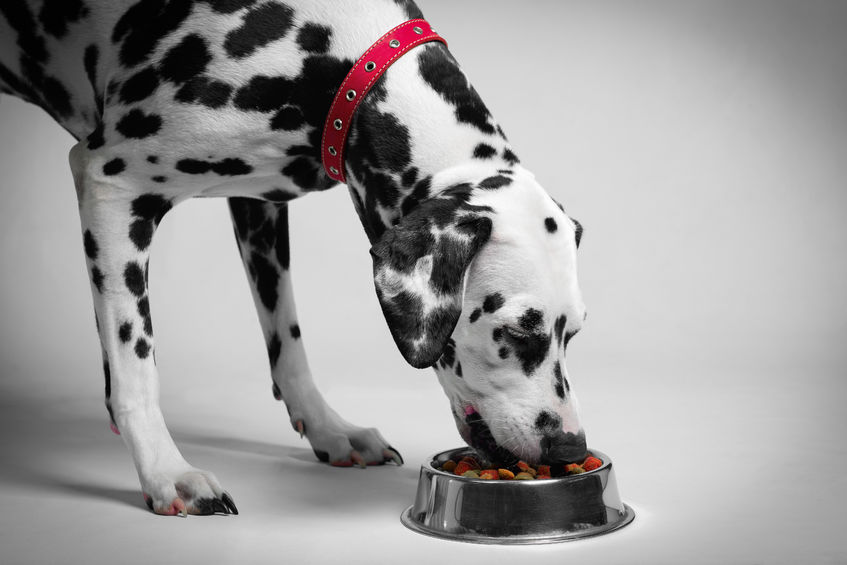You may think that your dog or cat will eat anything, but that doesn’t mean you shouldn’t take the time to choose the right food for them.
Despite what you may think, animals all have very specific dietary needs, and it is your responsibility as a pet owner to make sure those needs are met.
Know Your Pet
The first step in choosing the right food for your pet is knowing exactly what your pet needs. How old is your pet? Are there any allergies you need to know about? Does your cat have an issue with hairballs, or does your dog have kidney problems? These are things you should always take the time to learn. Most of this can be accomplished by watching your pet and seeing how they react to what you feed them. If you notice that they become physically ill after eating a certain food or that they seem to develop a rash after coming into contact with a certain substance, stop feeding them that food immediately.
You can also determine what your pet can and cannot safely eat with a trip to the vet. Your veterinarian can give you almost all the advice that you will need when it comes to feeding and caring for your pet, so listen to what he or she has to say.
Know Your Pet’s Food
There are a lot of options out there when it comes to pet food, and they won’t always be good for your pet. Fortunately, it’s not hard to find the pet foods you should avoid. If you aren’t sure what is in a certain pet food, simply read the label. Many foods have preservatives and flavor enhancers that can cause health problems such as allergies, skin conditions and even cancer. If you see something on a food label and you don’t know what it is, don’t buy it.
There are also some ingredients that, despite technically being natural, could still be unhealthy for your pet. Many commercial pet foods contain wheat gluten, rice protein, corn gluten and an enhancer called melamine. Many of these ingredients are imported from outside of the country and are often exposed to pesticides and other chemicals. These ingredients aren’t bad in and of themselves, but you need to make sure you know exactly where they are coming from.
In many respects, choosing the right food for your pet means doing plenty of research, both in the pet food aisle of the grocery store and online. Once you know what your pet can and cannot eat safely, it is up to you to make sure that they are eating well. Always pay attention to food labels, and never hesitate to ask your veterinarian for advice.

